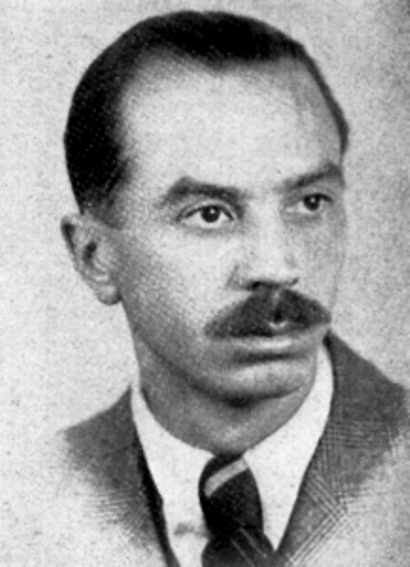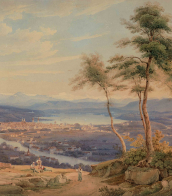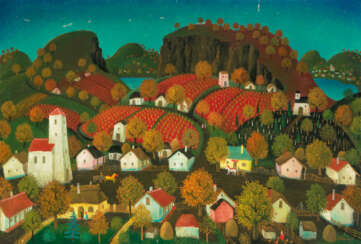иштван пекари (1905 - 1981)

István Pekáry is a Hungarian painter, graphic artist, scenographer and textile designer.
István trained at the Budapest Academy of Fine Arts, then studied in Rome for several years. He painted in oils, designed tapestries, sets and frescoes. In 1936, Pekary founded a weaving workshop in Buda, where he created tapestries inspired by folk art. Between 1933 and 1962, in Hungary and abroad, he designed set and costume designs for several theater and opera productions (Municipal Theater, National Theater, Schiller Theater in Berlin, Teatro del Opera in Rome; Staatsoper in Vienna).
Istvan Pekary's work is characterized by the deliberate naivety of the fairytale world. However, this deliberate primitiveness is not a superficial influence of folklore, but has its roots in the artist's exploration of folk art. The technique of using colors is characteristic of eggshell painting.


